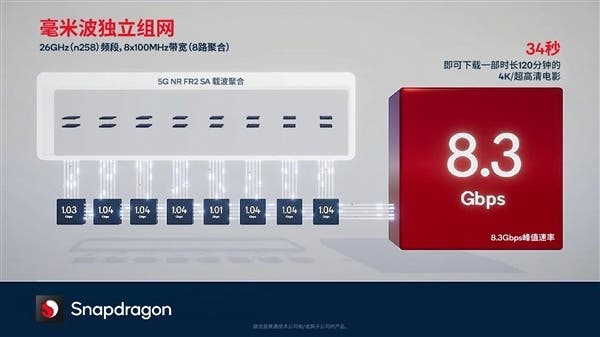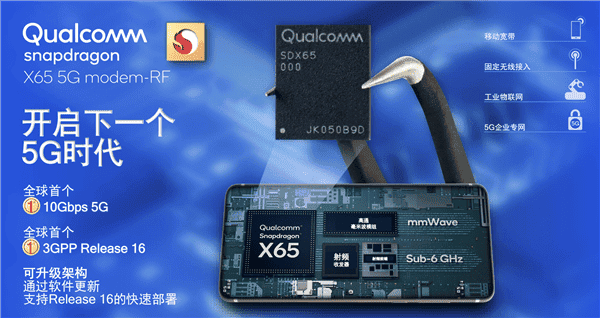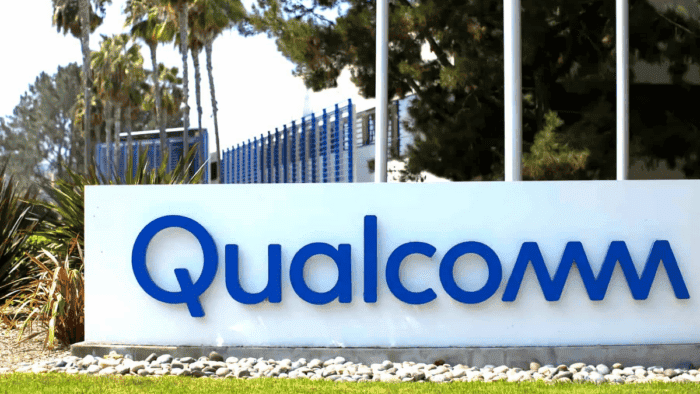The commericalization of 5G started in 2019. This means that we are already in the third year of 5G commercialization. As of now, many countries around the world already have 5G connectivity. However, a pletora of countries are still yet to even sell their 5G spectrum. No doubt, the Chinese market is the largest in the world and its 5G is the most advance. By the end of last year, 1.42 million 5G base stations had been built in China. According to estimates, by the end of this year, the total number of 5G base stations in China will exceed 2 million. Furthermore, the number of 5G terminal connections already exceeds 500 million.

Is 5G complete, even with a network deployment as advanced as China’s? No, on the contrary, 5G is still developing, new technologies and new features are constantly flowing, and there is still room for development from a perfect 5G. The latest communication network is not a static goal: the technology continues to develop and the second round of 5G innovation is underway
Different from 2G, 3G and even 4G networks in the past 20 years, 5G may be the most ambitious generation of network technology. It affects not only everyone’s mobile phone calls and Internet access but actually covers almost all human technological life.
Qualcomm is fostering its 5G capacity
At the 2022 annual meeting of the Boao Forum for Asia, Qian Kun, senior vice president of Qualcomm, said that 5G has been designed with a wide range of application scenarios in advance, such as the Internet of Things. Therefore, 5G has the goals of large capacity, high speed and high reliability at the beginning of its design. Based on the general technology of 5G, a large number of industrial applications have been implemented, and a large number of new technologies and new formats can be spawned.

However, the development of 5G can not be rapid, it is constantly evolving, upgrading, and improving. Both functionality and applicability are constantly expanding. The 5G standard that was frozen in 2018 was R15. In 2019, the industry completed the 5G R16 standard freeze. In 2022, the 5G R17 standard was frozen. The current R17 5G brings more enhancements to a number of fundamental technologies, including capacity, coverage, latency, energy efficiency, and mobility.
Next, there are 5G R18 and the future 5G Advance stage, which is basically the second stage of 5G innovation. The technological innovation can be seen at least in 2027, and the technological development of 5G will take at least 8 to 10 years.
In other words, 5G, which has only been in development for three years, is no longer the 5G it was before. In the future, 5G will continue to develop, bringing different new technologies and new experiences. 5G has no finish line and is a process that requires continuous development.
Qualcomm unlocks the new experience of 5G
From Snapdragon X65 to Snapdragon X70: Qualcomm unlocks the new experience of 5G performance from good to excellent. The continuous development of 5G technical standards will eventually land on consumers and enterprise users. This also requires powerful products that can quickly follow the latest standards. Qualcomm’s Snapdragon 5G modem and RF system are constantly iterating year by year.

Today, Qualcomm has released five generations of 5G baseband chips. The current new generation Snapdragon 8 Gen 1 platform uses the Snapdragon X65, and the latest product is the Snapdragon X70. On the basis of the X65, Qualcomm 5G AI suite further improves its performance. It can utilize and optimize 5G links in Sub-6GHz and mmWave frequency bands to improve speed. It also improves network coverage, mobility, link robustness, energy efficiency, and reduces latency.
The downlink rate of the Snapdragon X65 5G modem and radio frequency system hits 10Gbps for the first time. This is equivalent to a 10 Gigabit broadband network. It is also the world’s first 5G modem and radiofrequency system that complies with the 3GPP Release 16 specification. The update can support the rapid deployment of 5G R16 without the need for operators to replace hardware and spectrum resources.
In addition, the Snapdragon X65 baseband also supports Smart Transmit 2.0, which is Qualcomm’s unique system-level technology. By utilizing the system sensing function from the baseband to the antenna, it can continue to meet the RF emission requirements while bringing the millimetre-wave and Sub-6GHz frequency band. It will also bring higher upload speed and wider network coverage.
Snapdragon X70 5G modem and RF system
On the Snapdragon X70 5G modem and RF system just launched this year, Qualcomm focused on optimizing and improving a better uplink rate of 3.5Gbps, full support for 5G commercial frequency bands, millimeter-wave independent networking, and global multi-card (including dual-card dual-pass), spectrum aggregation (NR-DC/EN-DC), scalable architecture, etc.
More importantly, the X70 introduces AI technology to make 5G networks more usable. It does this with the help of Qualcomm’s powerful AI capabilities. This includes the world’s first AI-assisted millimetre-wave beam management technology. This technology can enhance performance, improve throughput, and expand cell coverage to improve link robustness.
Just two months later, the Snapdragon X70 ushered in a new feature upgrade. In the 5G integration and test laboratory of Qualcomm Technologies in San Diego, the 5G test terminal with the Snapdragon X70 has achieved the world’s first 5G millimeter-wave independent networking connection. This technology can work seamlessly and it does not even need the Sub-6GHz spectrum anchors. Deploying 5G millimetre-wave networks and terminals, Qualcomm has achieved a peak rate of 8.3Gbps in the experiment.
In addition to the high performance of 5G, global operators are also very concerned about the power consumption of 5G. Therefore, Qualcomm has also further optimized power consumption management on the Snapdragon X70. It brings Smart Transmit 3.0 technology, and currently expands the support for Wi-Fi and Bluetooth transmit power management. This includes 2G to 5G, millimeter-wave, Wi-Fi 6/6E/7 2.4GHz, Bluetooth 2.4 and other wireless communications.
Conclusion
Looking at the excellent 5G experience of the Snapdragon X65, Qualcomm now has an improvement in the Snapdragon X70. This upgrades the 5G experience bringing unparallel flexibility to operators. It also provides extreme 5G capacity and multi-gigabit data. No doubt, the company is doing all it can to improve 5G.





